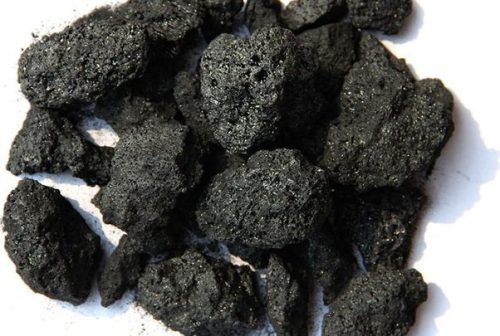The negative electrode material is the carrier of lithium ions and electrons during the charging process of lithium batteries. It plays the role of energy storage and release. It is an important part of lithium batteries and one of the key factors to judge its performance. According to different precursors, anode materials can be divided into two categories, one is carbon materials, including graphitized carbon materials [artificial graphite, natural graphite and mesocarbon microspheres (MCMB)], carbon nanomaterials (graphene) and inorganic Shape-setting carbon materials (hard and soft carbons). The other category is non-carbon materials, mainly including silicon-based materials, tin-based materials and titanium-based materials.
Graphite has the characteristics of high electrical conductivity, high crystallinity and excellent layered structure. Its lithium intercalation capacity is high (the theoretical capacity of LiC6 is 372mAh/g), and its lithium intercalation potential is low, generally around 0.1V. The structural expansion is small during the process, and it is a high-quality lithium battery negative electrode material. Therefore, graphitized carbon materials have become the most widely used, most mature technology, and the earliest commercial anode materials.
The natural graphite anode material is produced from natural graphite. Its preparation technology is relatively mature, and it has the characteristics of low cost, high theoretical specific capacity, good processing performance, but high irreversible capacity, poor cycle performance and low high-current charge and discharge performance. Poor compatibility with electrolyte and large expansion. In order to improve the inherent structural defects of natural graphite, it needs to be treated by surface modification, surface treatment, doping modification and other methods.
Artificial graphite negative electrode material is a material with a certain particle size distribution obtained by crushing and granulating raw materials such as needle coke, petroleum coke, and pitch coke, and then undergoes high-temperature graphitization treatment to form a graphite sheet structure. During production, artificial graphite anode materials can also be divided into MCMB, soft carbon and hard carbon according to different processing techniques. Both needle coke and petroleum coke have the characteristics of easy graphitization, and the prepared artificial graphite anode material has high capacitance, high first-time efficiency and good cycle performance. With the outbreak of the global power battery market, fast charging and high capacity are the key to breaking the technical barriers. The anode materials are required to have good cycle performance, rate performance and processing performance. Artificial graphite has gradually become the mainstream product in the lithium battery anode material market.
Medium-sulfur petroleum coke not only has a large supply, multiple sources, and wide selection of enterprises, but also its price is only 1/2, or even 1/3 of low-sulfur petroleum coke. Breakthroughs in its applied research have solved the problem of artificial graphite on needle coke. , Low-sulfur coke raw material dependence will further improve the cost performance of artificial anode materials, help to broaden more application scenarios of new energy batteries, build a raw material supply chain with rapid growth of anode materials, and ensure their healthy development.


